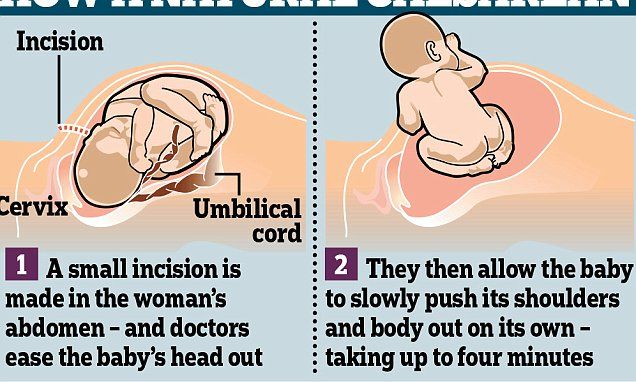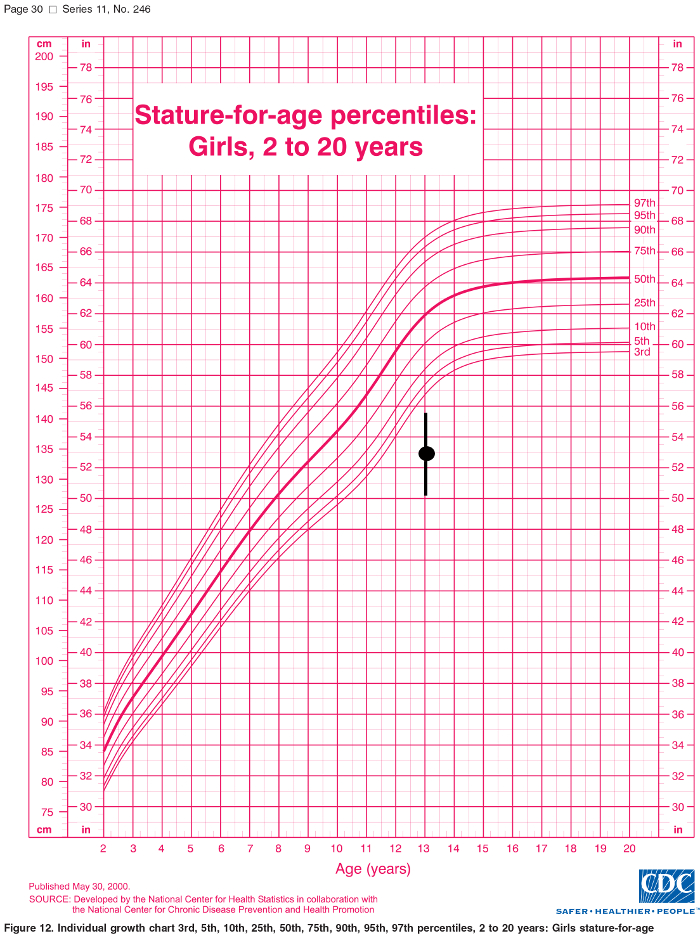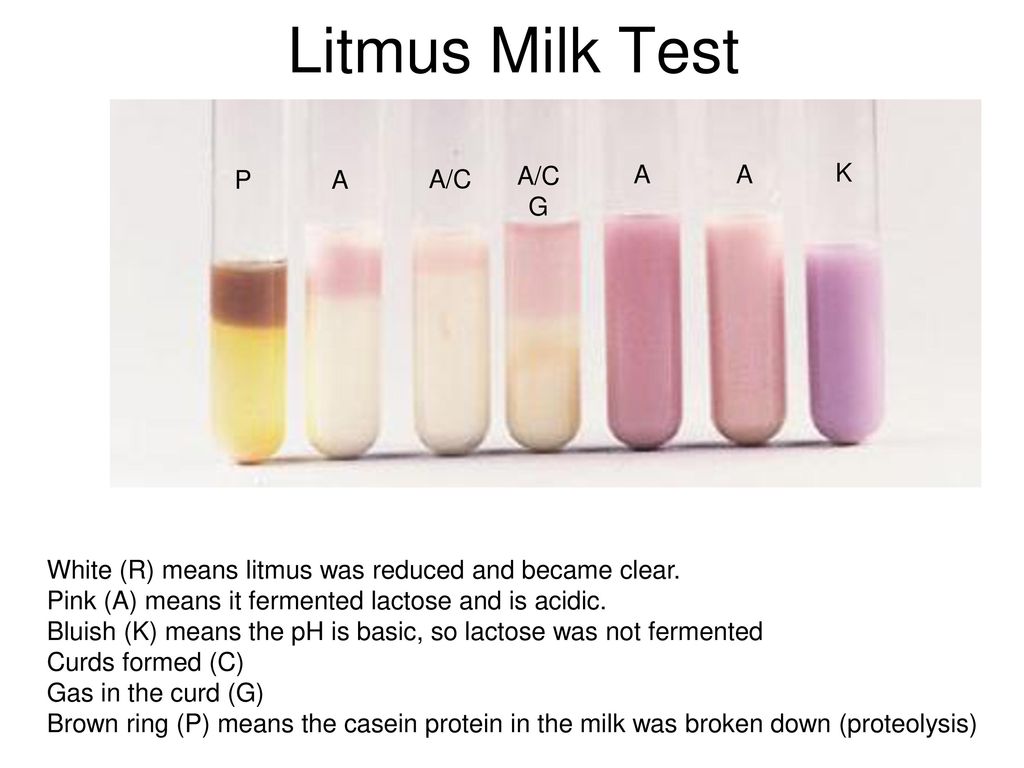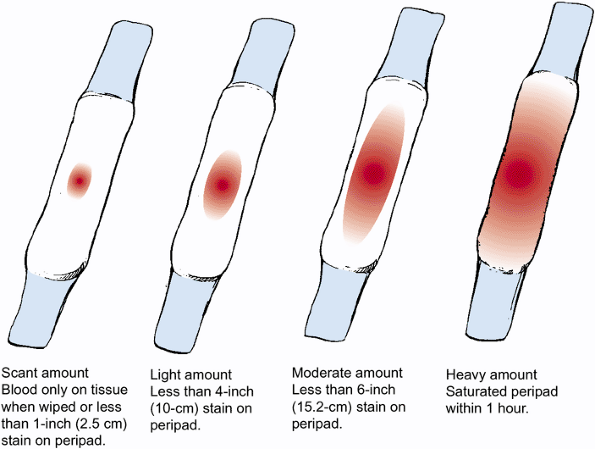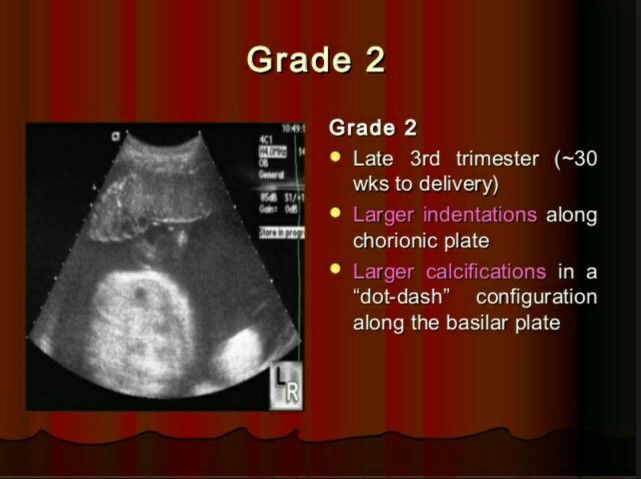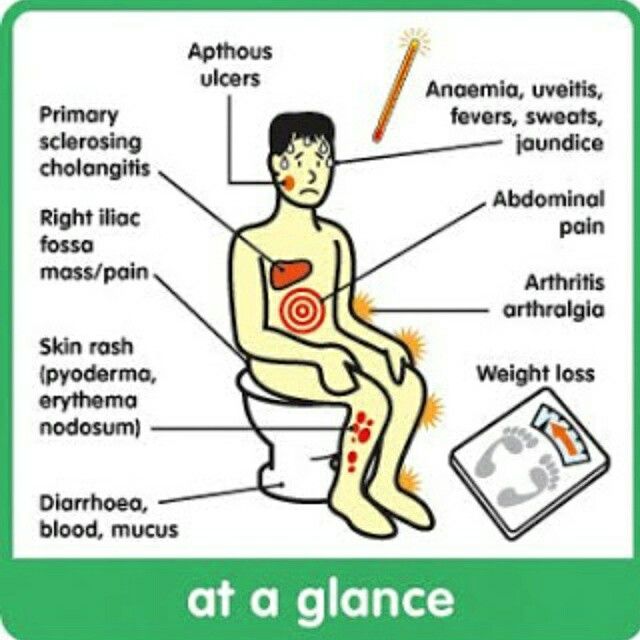How long for umbilical cord to fall
Umbilical Cord Symptoms
Is this your child's symptom?
- Umbilical cord or navel questions about newborns
- The navel is also called the belly button or umbilicus
Symptoms
- Umbilicus (navel) has a cloudy discharge or even some dried pus on the surface
- Bleeding occurs from cord's point of separation
- Separation of cord is delayed past 3 weeks
Omphalitis: Serious Complication
- Definition. Bacterial infection of the umbilical stump with spread to the skin around it. It's a medical emergency.
- How Often. 1 out of 200 newborns.
- Symptoms. Redness spreads around the navel. The area may be tender, swollen and have a foul odor.
Umbilical Granuloma: Minor Complication
- Definition. Small round growth in center of navel after the cord falls off. It's red. Covered with clear mucus. Not dry like normal skin.
- How Often. 1 out of 500 newborns.
- Outcome. Usually grows in size if not treated.
Can become an entry point for umbilical infections.
- Treatment. Easily treated in the doctor's office by putting on a chemical called silver nitrate.
Dry Cord Care or Alcohol Cord Care
- The AAP and ACOG both advise dry cord care (natural drying). (Guidelines for Perinatal Care, 2012). It has become common practice in US hospitals.
- The book advises against using alcohol for routine umbilical cord care.
- Alcohol cord care is advised in less developed countries with high infection rates.
When to Call for Umbilical Cord Symptoms
Call Doctor or Seek Care Now
- Age less than 1 month old and looks or acts abnormal in any way
- Bleeding won't stop after 10 minutes of direct pressure applied twice
- Spot of blood more than 2 inches (5 cm) across
- Red streak runs from the navel
- Red skin spreads from around the navel
- Fever in baby less than 12 weeks old. Caution: do NOT give your baby any fever medicine before being seen.

- You think your child needs to be seen, and the problem is urgent
Contact Doctor Within 24 Hours
- Small bleeding lasts more than 3 days
- Pimples, blisters or sores near navel
- Lots of drainage (such as urine, mucus, pus) from the navel
- You think your child needs to be seen, but the problem is not urgent
Contact Doctor During Office Hours
- After using care advice for 3 days, navel is not dry and clean
- Small piece of red tissue inside the navel
- Cord stays attached more than 6 weeks
- You have other questions or concerns
Self Care at Home
- Normal cord care
- Normal navel care after cord falls off
- Minor infection of cord or navel
- Normal bleeding from cord or navel
- Normal delayed separation of the cord after 3 weeks
Seattle Children's Urgent Care Locations
If your child’s illness or injury is life-threatening, call 911.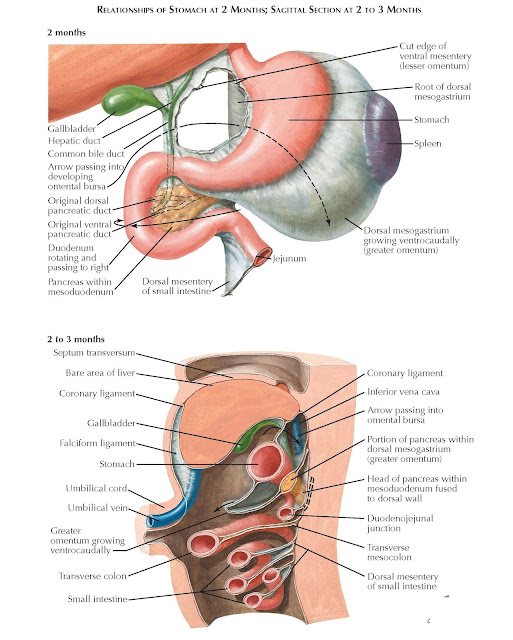
- Bellevue
- Everett
- Federal Way
- Seattle
Care Advice
Treatment for Normal Umbilical Cord
- What You Should Know About Normal Umbilical Cords:
- Normal cords don't need any special treatment.
- Just keep them dry (called dry cord care or natural drying).
- Reason: Cords need to dry up, before they will fall off.
- As they dry up, cords normally change color. They go from a shiny yellowish hue, to brown or gray.

- The cord will normally fall off between 1 and 3 weeks.
- Here is some care advice that should help.
- Normal Dry Cord Care:
- Check the skin around the base of the cord once a day.
- Usually the area is dry and clean. No treatment is needed.
- If there are any secretions, clean them away. Use a wet cotton swab. Then dry carefully.
- You will need to push down on the skin around the cord to get at this area. You may also need to bend the cord a little to get underneath it.
- Caution: Don't put alcohol or other germ killer on the cord. Reason: Dry cords fall off sooner. (Exception: instructed by your doctor to use alcohol).
- Bathing:
- Keep the cord dry. Avoid tub baths.
- Use sponge baths until the cord falls off.
- Fold Diaper Down:
- Keep the area dry to help healing.
- To provide air contact, keep the diaper folded down below the cord.

- Another option for disposable diapers is to cut off a wedge with a scissors. Then seal the edge with tape.
- Poop on Cord:
- Getting some poop on the cord or navel is not serious.
- If it occurs, clean the area with soap and water.
- This should prevent any infections.
- Call Your Doctor If:
- Develops a red streak or redness around belly button
- Fever occurs
- Your baby starts to look or act abnormal
- You think your child needs to be seen
Treatment for Normal Navel After Cord Falls Off
- What You Should Know About Navels After the Cord Falls Off:
- The cord can't fall off too early.
- The average cord falls off between 10 and 14 days. Normal range is 7 to 21 days. Even if it falls off before 7 days, you can follow this advice.
- After the cord has fallen off, the navel will gradually heal.
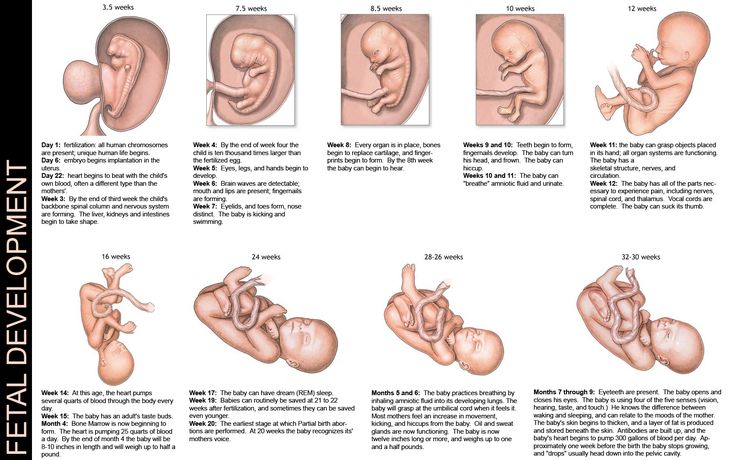
- It's normal for the center to look red at the point of separation.
- It's not normal if the redness spreads on to the belly.
- It's normal for the navel to ooze some secretions.
- Sometimes the navel forms a scab. Let it heal up and fall off on its own.
- The navel has a small risk of becoming infected.
- Here is some care advice that should help.
- Normal Navel Care:
- Keep the navel (belly button) clean and dry.
- If there are any secretions, clean them away. Use a wet cotton swab. Then dry carefully.
- Do this gently to prevent any bleeding.
- Caution: Don't use any rubbing alcohol. Reason: can interfere with healing.
- Bathing:
- After the cord falls off, continue sponge baths for a few more days.
- Help the belly button area dry up.
- Then, tub baths will be fine.
- Fold Diaper Down:
- Keep the navel dry to help healing.
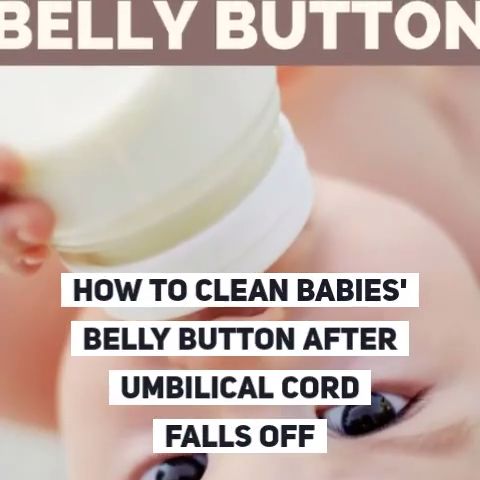
- To provide air contact, keep the diaper folded down below the navel.
- Keep the navel dry to help healing.
What to Expect: The belly button should be healed and dry by 7 days.
- Call Your Doctor If:
- Develops a red streak or redness around belly button
- Fever occurs
- Cloudy discharge occurs
- Your baby starts to look or act abnormal
- You think your child needs to be seen
Treatment for Minor Infection of Cord or Navel
- What You Should Know About a Minor Infection of Cord or Navel:
- The belly button will ooze secretions for several days.
- Normal secretions are clear or blood tinged mucus.
- A cloudy discharge is usually a mild infection.
- This can be from normal skin bacteria.
- A small amount of pus may be present.
- Here is some care advice that should help.
- Clean the Navel:
- Clean the navel (belly button) 2 times a day.

- Use a wet cotton swab or cloth.
- Clean away any dried secretions or pus.
- Do this gently to prevent any bleeding.
- Caution: Don't use any rubbing alcohol. Reason: Can interfere with healing.
- Clean the navel (belly button) 2 times a day.
- Antibiotic Ointment for Pus:
- If any pus is present, use an antibiotic ointment (such as Polysporin).
- No prescription is needed.
- Put a tiny amount on the belly button.
- Do this 2 times per day after the area has been cleaned.
- Do this for 2 days. After that, use the antibiotic ointment only if you see more pus.
- Bathing:
- Do not use tub baths until the cord falls off. The navel should be well healed.
- Fold Diaper Down:
- Keep the belly button dry to help healing.
- To provide air contact, keep the diaper folded down. Keep it below the cord and belly button.
- What to Expect:
- With treatment, the cloudy discharge and pus should be gone in 2 to 3 days.
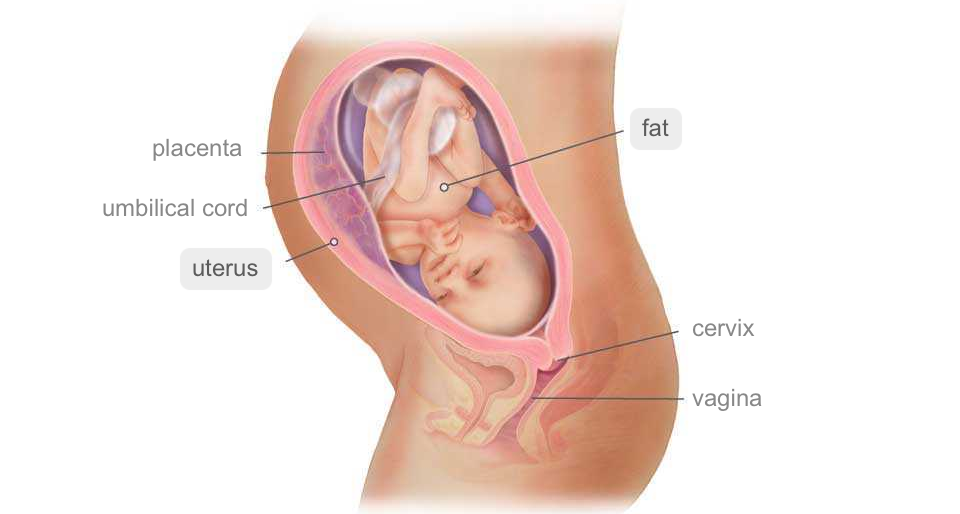
- The navel should become dry and healed by 7 days.
- With treatment, the cloudy discharge and pus should be gone in 2 to 3 days.
- Call Your Doctor If:
- Develops a red streak or redness around the belly button
- Fever occurs
- Cloudy discharge not gone after 3 days of using this care advice
- Your baby starts to look or act abnormal
- You think your child needs to be seen
Treatment for Normal Bleeding Around Cord
- What You Should Know About Mild Bleeding Around the Cord:
- A few drops of blood are normal when the cord falls off or catches on something.
- The diaper rubbing against the belly button may make it start up again.
- Here is some care advice that should help.
- Bleeding:
- To stop bleeding, put direct pressure on the navel for 10 minutes. Use a clean cloth.
- Clean the area beforehand, rather than afterwards.
- Reason: This helps prevent bleeding from starting back up.
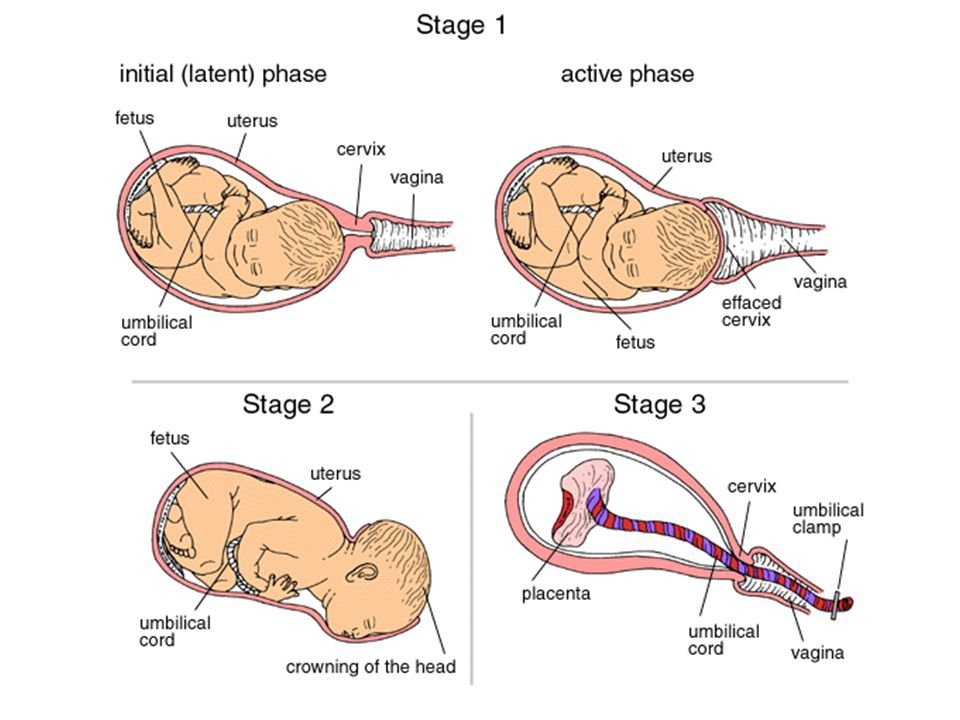
- Diaper:
- Prevent the diaper from rubbing on the belly button.
- Do this by folding the diaper down away from the belly button.
- You can also cut a wedge out of the diaper.
- What to Expect:
- The bleeding may come back a few times.
- It should only be a small smear of blood.
- The bleeding site should heal up by 2 days.
- Call Your Doctor If:
- Bleeding gets worse
- Few drops of blood lasts more than 3 days
- Your baby starts to look or act abnormal
- You think your child needs to be seen
Treatment for Normal Delayed Separation of the Cord Beyond 3 Weeks
- What You Should Know Cords Falling Off:
- Most cords fall off between 10 and 14 days. Normal range is 7 to 21 days.
- All cords slowly fall off on their own.
- Continue to be patient.
- Here is some care advice that should help.
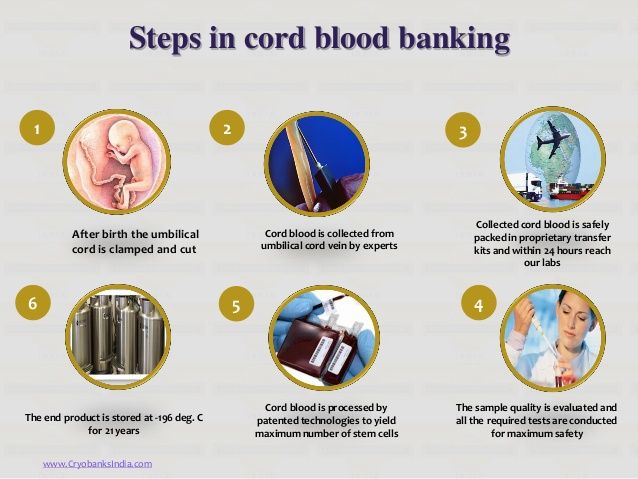
- Stop Alcohol:
- If you have been using rubbing alcohol to the cord, stop doing so.
- Rubbing alcohol can kill the good bacteria that help the cord fall off.
- Diaper:
- Help the cord dry up faster by keeping the diaper folded below it.
- Another approach is to cut out a wedge of the diaper (if disposable).
- Air contact helps the cord stay dry.
- Call Your Doctor If:
- Cord starts to look infected
- Fever occurs
- Cord is still on for more than 6 weeks
- Your baby starts to look sick or act abnormal
- You think your child needs to be seen
And remember, contact your doctor if your child develops any of the 'Call Your Doctor' symptoms.
Disclaimer: this health information is for educational purposes only. You, the reader, assume full responsibility for how you choose to use it.
Last Reviewed: 01/02/2023
Last Revised: 12/30/2022
Copyright 2000-2023. Schmitt Pediatric Guidelines LLC.
Schmitt Pediatric Guidelines LLC.
Umbilical cord care in newborns: MedlinePlus Medical Encyclopedia
URL of this page: //medlineplus.gov/ency/article/001926.htm
To use the sharing features on this page, please enable JavaScript.
When your baby is born the umbilical cord is cut and there is a stump left. The stump should dry and fall off by the time your baby is 5 to 15 days old. Keep the stump clean with gauze and water only. Sponge bathe the rest of your baby, as well. Do not put your baby in a tub of water until the stump has fallen off.
Let the stump fall off naturally. Do not try to pull it off, even if it is only hanging on by a thread.
Watch the umbilical cord stump for infection. This does not occur often. But if it does, the infection can spread quickly.
Signs of a local infection at the stump include:
- Foul-smelling, yellow drainage from the stump
- Redness, swelling, or tenderness of the skin around the stump
Be aware of signs of a more serious infection.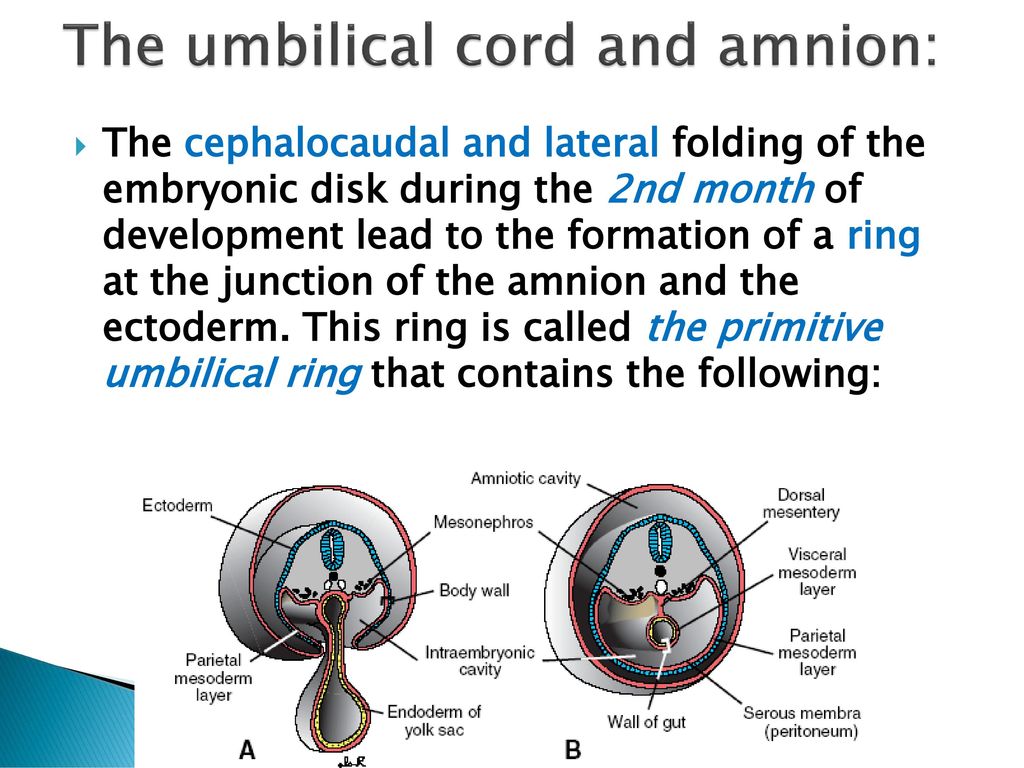 Contact your baby's health care provider immediately if your baby has:
Contact your baby's health care provider immediately if your baby has:
- Poor feeding
- Fever of 100.4°F (38°C) or higher
- Lethargy
- Floppy, poor muscle tone
If the cord stump is pulled off too soon, it could start actively bleeding, meaning every time you wipe away a drop of blood, another drop appears. If the cord stump continues to bleed, call your baby's provider immediately.
Sometimes, instead of completely drying, the cord will form pink scar tissue called a granuloma. The granuloma drains a light-yellowish fluid. This will most often go away in about a week. If it does not, call your baby's provider.
If your baby's stump has not fallen off in 4 weeks (and more likely much sooner), call you baby's provider. There may be a problem with the baby's anatomy or immune system.
Cord - umbilical; Neonatal care - umbilical cord
- Umbilical cord healing
- Sponge bath
Esper F. Postnatal bacterial infections. In: Martin RJ, Fanaroff AA, Walsh MC, eds. Fanaroff and Martin's Neonatal-Perinatal Medicine. 11th ed. Philadelphia, PA: Elsevier; 2020:chap 48.
In: Martin RJ, Fanaroff AA, Walsh MC, eds. Fanaroff and Martin's Neonatal-Perinatal Medicine. 11th ed. Philadelphia, PA: Elsevier; 2020:chap 48.
Nathan AT. The umbilicus. In: Kliegman RM, St. Geme JW, Blum NJ, Shah SS, Tasker RC, Wilson KM, eds. Nelson Textbook of Pediatrics. 21st ed. Philadelphia, PA: Elsevier; 2020:chap 125.
Taylor JA, Wright JA, Woodrum D. Newborn nursery care. In: Gleason CA, Juul SE, eds. Avery's Diseases of the Newborn. 10th ed. Philadelphia, PA: Elsevier; 2018:chap 26.
Wesley SE, Allen E, Bartsch H. Care of the newborn. In: Rakel RE, Rakel DP, eds. Textbook of Family Medicine. 9th ed. Philadelphia, PA: Elsevier; 2016:chap 21.
Updated by: Neil K. Kaneshiro, MD, MHA, Clinical Professor of Pediatrics, University of Washington School of Medicine, Seattle, WA. Also reviewed by David Zieve, MD, MHA, Medical Director, Brenda Conaway, Editorial Director, and the A.D.A.M. Editorial team.
Daily care of a newborn » KGBUZ "Taimyrskaya MRB"
Basic procedures - we will talk about these basic procedures for caring for a newborn in our article.
When it comes time to return home with a newborn from the maternity hospital, every mother begins to worry about how she will take care of her child without the help and competent advice of medical staff. nine0005
Without exception, all mothers are worried about whether they can provide their child with the care necessary for his healthy growth: properly bathe the baby, cut off his nails, treat the umbilical wound.
Therefore, before mothers have time to cross the threshold of their home, they have many questions about caring for a child: is it worth washing the baby after each urination, what is the best way to treat the navel: brilliant green or calendula tincture?
Today we will try to find answers to the main questions about the hygiene of the child and talk about the basic procedures for daily care of the baby. nine0007 Newborn's morning toilet
Like every person, a baby should wash his face in the morning, of course, his mother should help him in this.
After the newborn wakes up, strip him naked, let him lie naked for a while - this is good for the baby's skin. Then carefully examine the baby, check for redness on the skin, prickly heat. If there is, then prepare a baby cream to lubricate problem areas after washing the baby.
The baby is washed with cotton pads soaked in warm boiled water. Washing the newborn is carried out from top to bottom. nine0007 Wipe your baby's eyes from the outer edge to the inner. For the hygiene of each eye, it is recommended to take a new cotton pad.
Gently wipe the baby's face with a damp cotton pad, the outside of the ears, the skin behind the ears, and the neck.
Listen to the baby's breathing, it should be free. If breathing is difficult, clear your baby's nose. To do this, you can use a special saline solution for children under one year old and an aspirator (a device that helps suck out mucus).
You can also use two small cotton swabs soaked in baby oil to remove scabs from your nose. The flagella must be carefully inserted alternately into each nostril of the child's nose and scrolled several times. If the baby's nose breathes well, then it does not need to be cleaned. nine0007 Then it is necessary to wipe all the folds of the baby's skin with a damp cotton pad, change the child's dirty diaper to a clean one, washing the baby or using baby wipes to cleanse the skin.
The flagella must be carefully inserted alternately into each nostril of the child's nose and scrolled several times. If the baby's nose breathes well, then it does not need to be cleaned. nine0007 Then it is necessary to wipe all the folds of the baby's skin with a damp cotton pad, change the child's dirty diaper to a clean one, washing the baby or using baby wipes to cleanse the skin.
Caring for the umbilical wound
During the newborn period, the umbilical wound is a special place on the body of a child, it requires careful care.
As a rule, the umbilical wound is treated once a day, this can be done after bathing, when all the crusts are soaked from the water and the mucus is washed out. nine0005
How to treat the navel of a newborn? There are several ways to treat the umbilical wound, each of them is quite effective: dry the navel for a few minutes;
 nine0043
nine0043 Advice on which navel cleaning method to use is usually given by the nurses at the maternity hospital, as well as by the health visitor who will visit your baby during the first month of life.
Important! If you notice that the skin around the umbilical wound is inflamed, be sure to consult a doctor.
If you see that the umbilical wound does not heal within a month, it is better to take the child to the doctor. Usually, up to 14 days of life, the umbilical residue disappears and the wound heals. nine0005
Washing the newborn
Wash your baby under running water after each bowel movement.
It is convenient to wash your newborn like this:
Place the baby on your stomach on your left palm facing you or with his back on your forearm with his head towards you.
Place the child's lower body under running water.
Lather baby's buttocks and genitals with baby soap (liquid soap for babies is better, it's easier to use).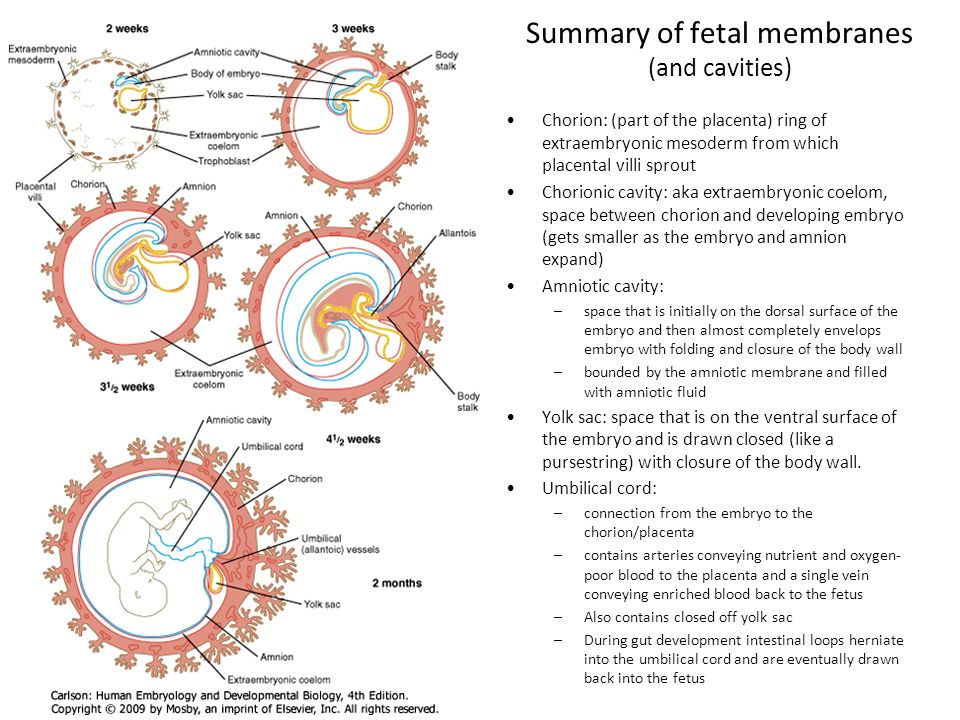
Then rinse the soap thoroughly with water, pat the baby's skin dry with a towel or diaper. nine0007 If the baby has just urinated into the diaper, then you can not wash it, but use wet wipes when changing the diaper. Choose special baby wipes that are fragrance- and alcohol-free.
Changing diapers
Most often, mothers use disposable diapers for baby care. There are a few simple rules that are important to follow in this case:
When using them, remember that the child should not be in one disposable diaper for more than 4 hours. nine0007 Put on a diaper for a newborn so that the umbilical cord is not covered. This is necessary for the fastest healing of the umbilical wound.
It is desirable that a few hours a day the baby just lie on the diaper without a diaper, so that the skin can breathe.
It is also important to ensure that diaper rash does not form on the skin under the diaper. To prevent diaper rash, it is necessary to dress the baby according to the weather, that is, do not overheat it, and you can also use a special diaper cream.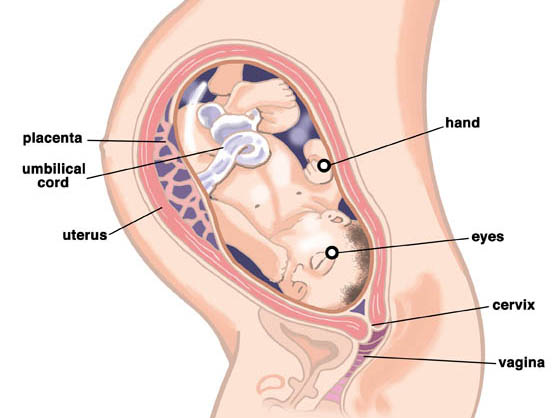 nine0005
nine0005
If diaper rash has already formed, you need to see a doctor, he will recommend a remedy for their healing, most likely it will be a cream containing dexpanthenol, an effective healing medicine.
Of course, it is better to prevent diaper rash, as they can be very painful and disturb the baby.
Bathing a newborn
All mothers are interested in the question: when can you start bathing a child after discharge from the hospital?
“You can bathe the child immediately after discharge, but if you have been vaccinated with BCG, but within a day or two after the vaccination, it is better not to bathe the child so as not to wet the injection site.” nine0005
After the umbilical wound has healed, you can already bathe your child in a regular bath in tap water, gradually increasing the bathing time from 5 minutes to 30-40.
Every day while bathing the child, it is necessary to wash his genitals and buttocks, 1-2 times a week you need to wash the whole baby with soap, and also wash the child's head with a special baby shampoo.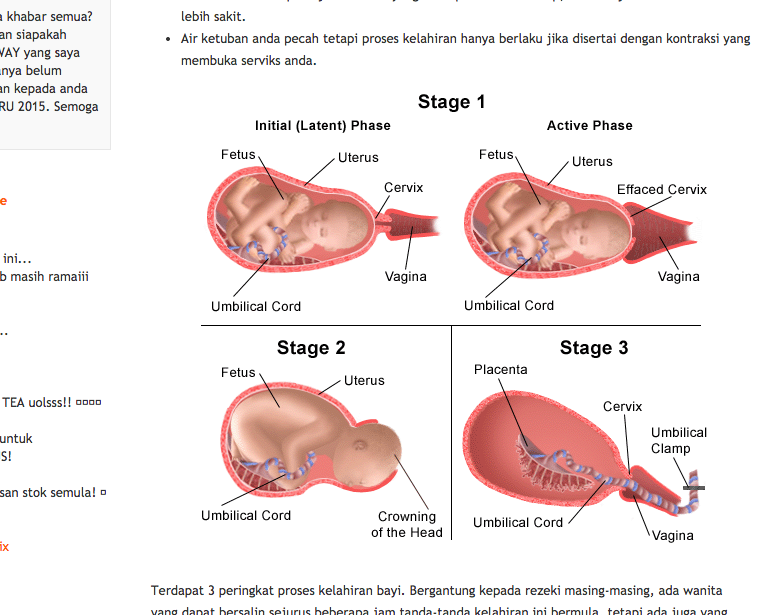
Important! Always bathe your child with the bathroom door open, because this child will not be so cold after you take him out of the water, as the temperature difference will not be too big. nine0005
Each time the baby should be lowered into the water slowly, starting from the legs. In the water it is necessary to support the entire body of the child. If water gets into the baby's ears or eyes while bathing, it's not scary, it's quite natural!
From the first days of life, you can start easy hardening of the child. To do this, before you start bathing the baby, prepare and place a vessel with water in the bathroom, the temperature of which will be 0.5-1 degrees lower than the temperature of the water in the bath. At the end of the bath, pour water over the child from this vessel. nine0005
After bathing the baby, blot with a diaper or towel, but do not dry it, as this procedure can damage the delicate baby skin.
You also need to prepare two small cotton buds and gently twist them into the baby's ears so that the cotton absorbs the water that got into the ears during the bath.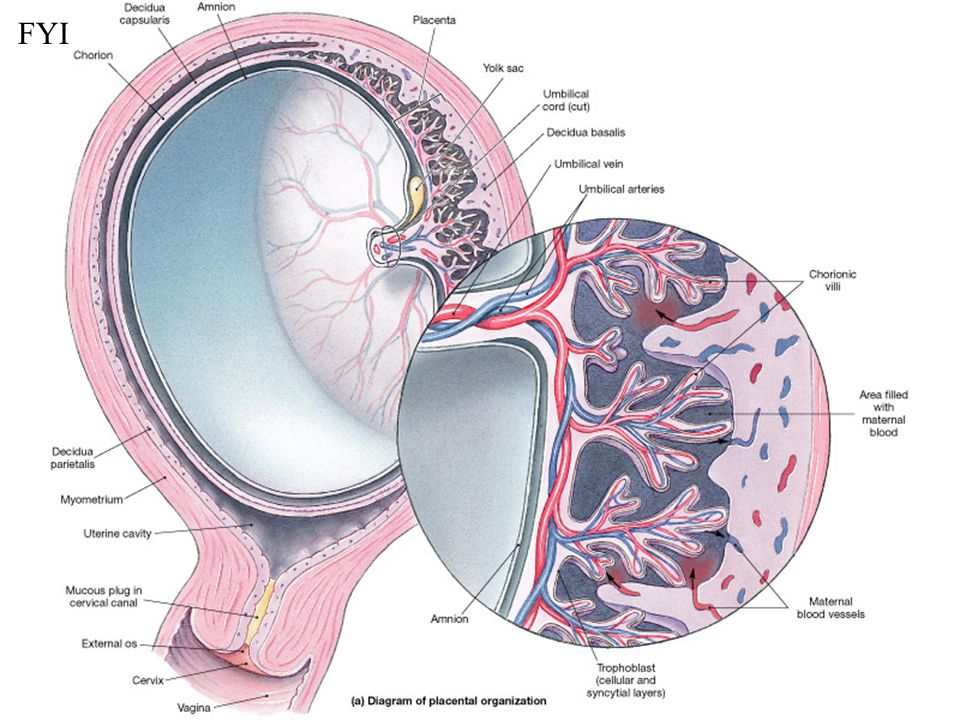 After the baby's skin is dry, it is advisable to treat the folds with baby oil.
After the baby's skin is dry, it is advisable to treat the folds with baby oil.
Newborn nail care
Baby's nails should be cared for 1-2 times a week, as children's nails grow very quickly. To cut nails, you need to purchase special scissors with rounded ends. On the legs, the nails should be cut evenly, and on the hands - rounding the edges. nine0007 Walking with the baby
In summer, you can walk with your baby the day after discharge from the maternity hospital. It is advisable to protect the child from direct sunlight. It is better to go for a walk in the summer either in the morning (before 10 am) or in the evening (after 6 pm), at this time it is not so hot.
In winter, walks are recommended to start 2-3 days after discharge from the hospital. If the temperature outside is below 10 degrees, it is better not to go for a walk with the baby.
The first walk should be very short - 10-15 minutes. Then every day it is worth walking for 10 minutes longer.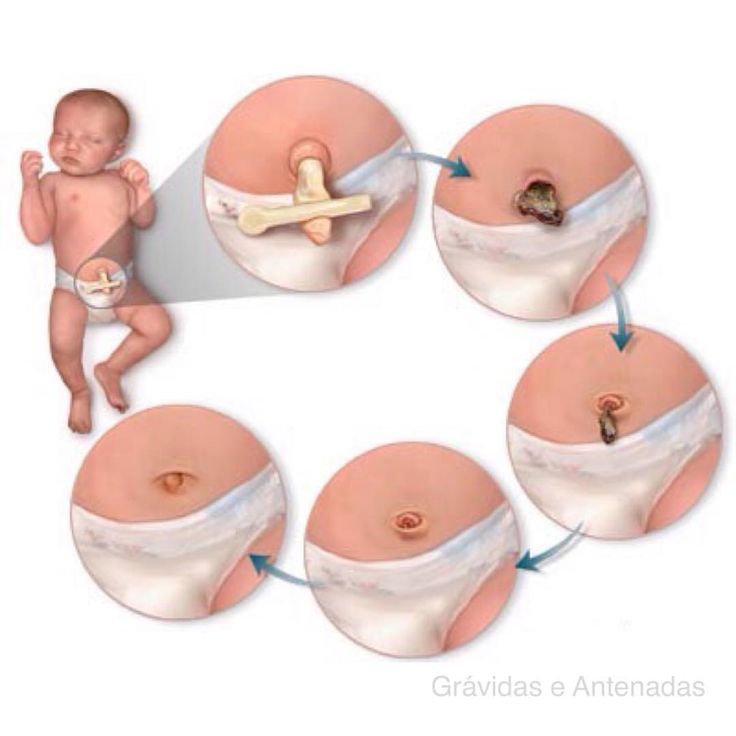 nine0005
nine0005
When preparing for a walk with the baby, mothers usually doubt whether they have dressed the baby correctly. In order not to miscalculate with clothes, you should always follow a simple rule - there should be as many clothes on the baby as on you, plus one more layer. So the baby will be comfortable.
Of course, during a walk it is worth checking the condition of the child. In the summer, it is important not to overheat the baby: if the child turns red, then it is worth taking something off him, he is hot.
In winter, there is a high risk of freezing. If the baby is cold, he will have cold hands, feet and nose, in which case an extra blanket will not hurt. nine0005
A.H. Abzalova,
neonatologist
and nutrients for a fulfilling existence. After the birth of a child, the medical staff of the maternity hospital treats the umbilical cord with alcohol and cuts it with sterile scissors, after which a clamp is applied.
 Before the umbilical cord residue disappears, it does not require special care, it is enough to wipe it twice a day with clean boiled water. nine0005
Before the umbilical cord residue disappears, it does not require special care, it is enough to wipe it twice a day with clean boiled water. nine0005 Of course, while the mother and baby are still in the maternity hospital, everything is easier, because there is a neonatologist nearby who controls this process. But when he gave permission for discharge, the care and custody of the kids falls on your shoulders.
Young mothers are interested in how many days the umbilical cord falls off in a newborn. On the 4-5th day, the umbilical cord, which was a knot, dries up and detaches itself. It happens that this happens only after 10-15 days, this range is considered acceptable. A small wound remains at this place, which also needs to be processed. In no case should you try to speed up the approach of this moment, because this is a completely natural process, and it should proceed spontaneously. The only thing you can do is to provide free access to the baby's navel of air.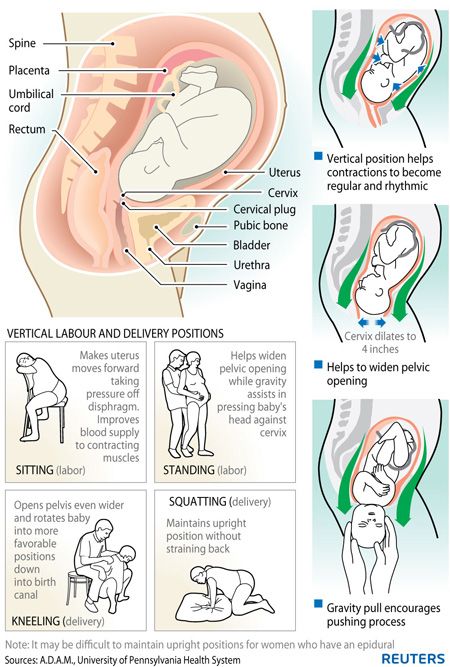 Thanks to air baths, the remainder of the umbilical cord will dry out a little faster and, accordingly, will fall off much earlier. nine0005
Thanks to air baths, the remainder of the umbilical cord will dry out a little faster and, accordingly, will fall off much earlier. nine0005
In the first days after the umbilical cord falls off, the wound may bleed, this may occur because the blood vessels pass close to the navel and are damaged quite easily, most likely the result of damage to the crust on the wound during a change of diaper or clothes, a frequent case is the pressure on this area, caused by the strong crying of the baby.
During this period, it is very important to properly care for her. And then, if you act according to the recommendations, the umbilical wound will heal very quickly and will not be able to create any complications for the tiny organism. nine0005
Therefore, the general rules, under which, your baby will be fine:
- First of all, any intervention in the treatment of a wound should begin with washing hands.
- all things that touch the wound should be sterile clean, the baby's clothes while the wound is not healed should be well washed and ironed.
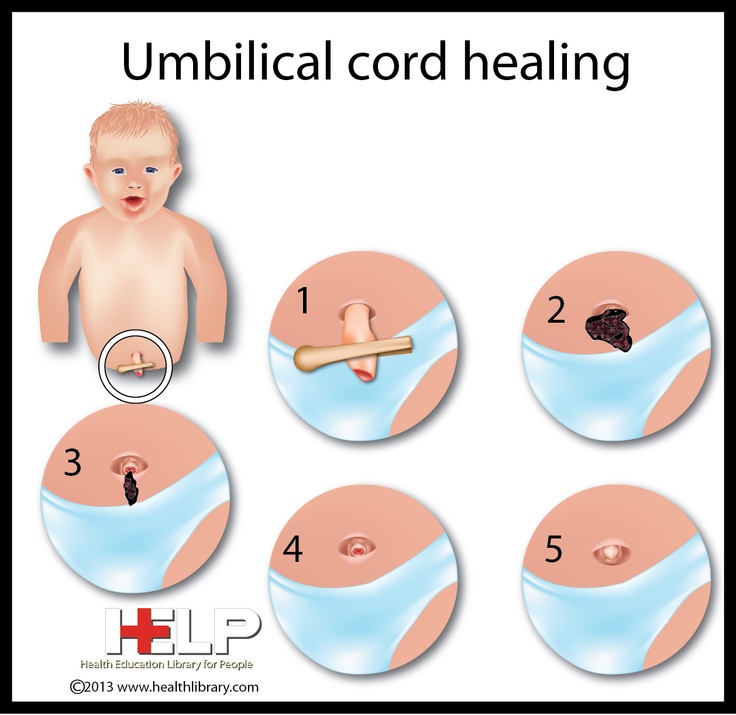
- when washing a child under running water, you also need to make sure that dirty water does not get on the navel.
- you should not treat the skin around the navel with brilliant green, because if the skin starts to turn red and inflamed, you will not notice it right away. nine0043
- treatment of the navel should not be done more than twice a day. Often disturbing the wound, you prevent it from healing quickly.
- do not put a baby that has not reached 3 weeks of age on the tummy. It is worth waiting until the wound heals.
- do not cover the navel with plaster
- an important component in this case is the diaper. You can choose with a cutout for the navel, choose exactly those among the variety, look for the NEWBORN mark “newborn” or with the abbreviation NB, although it happens that this cutout is not provided in some models. Also, when choosing, you should focus on the weight of the child indicated on the package, because the smallest size is usually up to 5 kilograms.
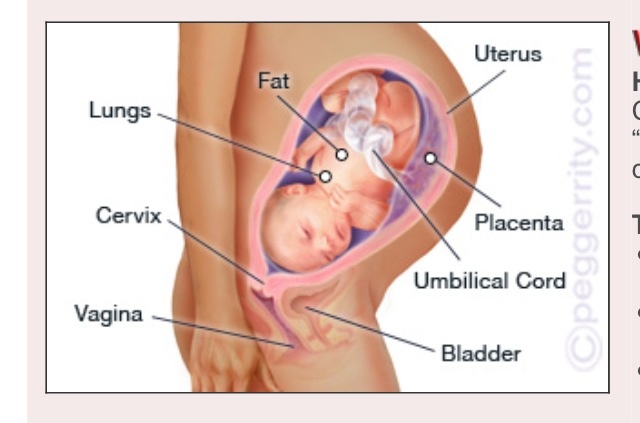 If necessary, the notch can be cut out on its own, or, if necessary, wrapped, making sure that it does not overlap the wound, but does not pinch it, and does not interfere with the free access of air nine0006 If all these rules are not followed, even with proper processing, it can become inflamed and start to get wet.
If necessary, the notch can be cut out on its own, or, if necessary, wrapped, making sure that it does not overlap the wound, but does not pinch it, and does not interfere with the free access of air nine0006 If all these rules are not followed, even with proper processing, it can become inflamed and start to get wet. To treat an umbilical wound after the root has fallen off, you will need:
3% hydrogen peroxide solution, 1% alcohol solution of brilliant green, or in some cases 5% alcohol solution of potassium permanganate, cotton wool, cotton buds, pipette. Having all the necessary attributes with you, after washing your hands, you can start washing. To begin with, on the crust formed on the wound (since such a formation serves as an excellent breeding ground for harmful bacteria), we drip a few drops of hydrogen peroxide (it will create unacceptable conditions for the development of microorganisms), after 10-15 seconds, when the crust on the wound gets wet, remove it with a cotton swab if necessary, you can repeat the procedure again, or make a compress.
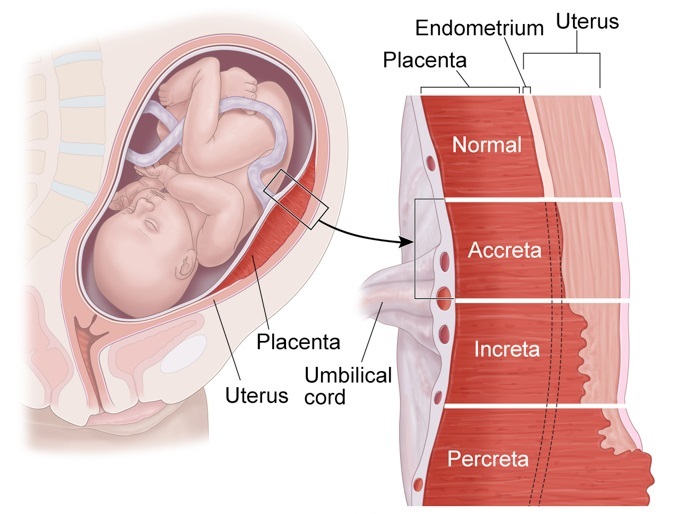 It is strictly forbidden to remove the skink dry, or to do it by force, as the umbilical wound may begin to bleed. After the cleaning procedure, carefully stretch the wound with the thumb and forefinger, and with a cotton swab (previously dipped in brilliant green), lubricate the wound, while it is advisable not to smear the skin around, because brilliant green has the property of drying, moreover, if there is some kind of inflammatory process, the consequence of which is usually redness at the edges, then with inaccurate smeared inflammatory processes simply will not be visible. In order to make it easier to monitor the condition of the wound, you can use, with the permission of the doctor, another antiseptic. For example, Chlorophilipt's solution or Xenoform
It is strictly forbidden to remove the skink dry, or to do it by force, as the umbilical wound may begin to bleed. After the cleaning procedure, carefully stretch the wound with the thumb and forefinger, and with a cotton swab (previously dipped in brilliant green), lubricate the wound, while it is advisable not to smear the skin around, because brilliant green has the property of drying, moreover, if there is some kind of inflammatory process, the consequence of which is usually redness at the edges, then with inaccurate smeared inflammatory processes simply will not be visible. In order to make it easier to monitor the condition of the wound, you can use, with the permission of the doctor, another antiseptic. For example, Chlorophilipt's solution or Xenoform This procedure should be carried out twice a day, in the morning and after bathing. Ideally, it should heal in about two weeks. But much depends on the thickness of the umbilical cord, and on the depth of the notch that was formed during its excision.
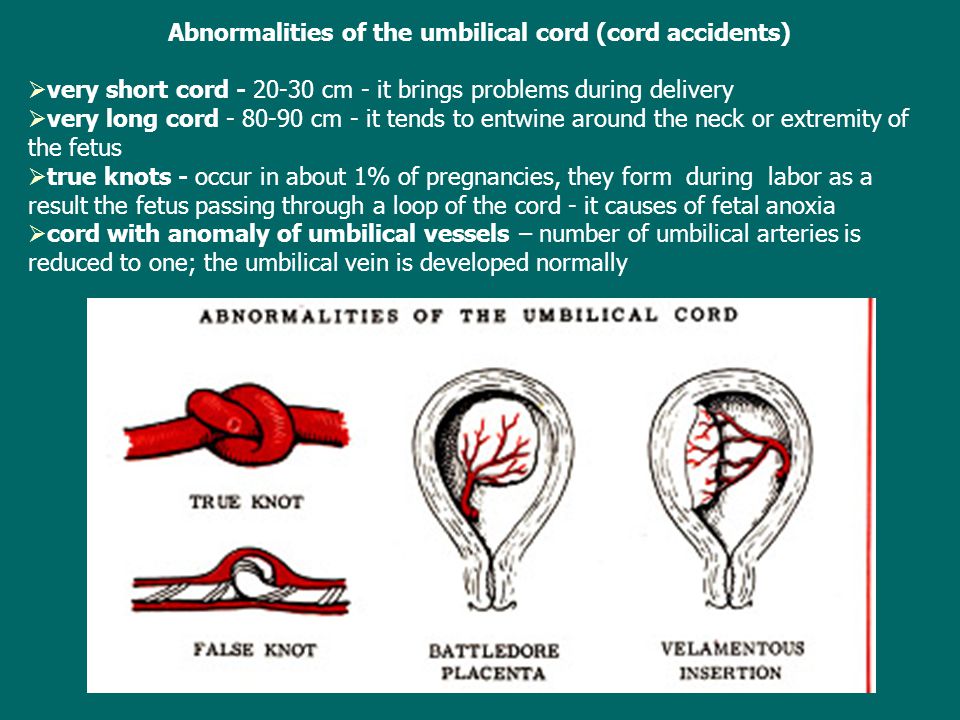
If the wound is in no hurry to heal, and you notice that:
- the navel of a newborn becomes wet (this means that an infection has got there)
- the umbilical wound bleeds too much and often, and the discharge does not stop after treatment. nine0043
- edema, suppuration or an unpleasant odor appeared.
- the skin around the navel is reddened and inflamed
- grayish or yellowish liquid comes out of the wound
- the child is restless, does not eat well, sleeps, is nervous, she has a fever, does not gain weight.
- the navel bleeds and does not heal at the end of the month after the umbilical cord falls off
- sometimes in children there is a hernia in the navel, in the form of a bump, which becomes larger when the baby starts to cry or scream (most often it disappears after the wound heals) nine0006 with all these symptoms, you need to urgently contact a specialist to prescribe antibiotic therapy, according to the patient's condition, in order to avoid complications.
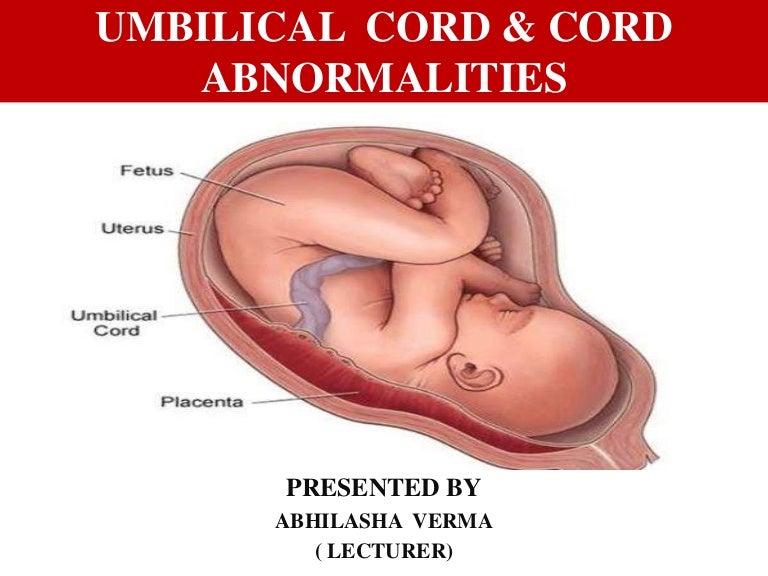 After all, sometimes, even with all the rules of hygiene, the navel of a newborn gets wet. Finding out this by the behavior of the child is almost impossible. If you start the process, then the development of serious complications is not ruled out: inflammation of the navel (omphalitis), a fungal tumor, and even peritonitis and sepsis - blood poisoning. Do not think that we want to scare you with this article, just "familiar means reinsured", so do not panic. Such diseases will not come if timely measures are taken. nine0005
After all, sometimes, even with all the rules of hygiene, the navel of a newborn gets wet. Finding out this by the behavior of the child is almost impossible. If you start the process, then the development of serious complications is not ruled out: inflammation of the navel (omphalitis), a fungal tumor, and even peritonitis and sepsis - blood poisoning. Do not think that we want to scare you with this article, just "familiar means reinsured", so do not panic. Such diseases will not come if timely measures are taken. nine0005 If the parents are faced with a similar situation, the child should be taken to the doctor immediately. Only a specialist can assess the condition of the wound and prescribe an adequate treatment for this problem. After all, sometimes simple antiseptics are not enough, and additional procedures will be needed, for example, quartz treatment. With strong inflammatory processes, sometimes you even have to use an antibiotic - in the form of a powder or ointment. But in any case, you should not worry, because in most cases everything is solved much easier.
